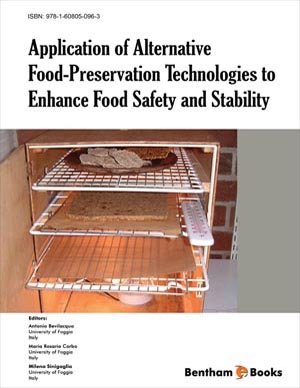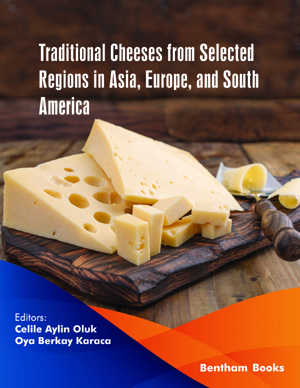Abstract
An adequate intake of fruits has long been correlated to a lower occurrence of chronic degenerative diseases triggered by oxidative stress. These health benefits are extensively claimed in the literature to be owing to the scavenging capacity of some bioactive compounds, such as ascorbic acid, tocopherols, carotenoids and phenolic compounds, against the oxidizing effect of reactive oxygen and reactive nitrogen species with physiological relevance. The Amazon is the largest reserve of biodiversity in the world and is also the largest Brazilian biome, occupying almost half of Brazil (49%). In this way, Amazon hosts numerous fruit species, which are consumed by the local population and distributed through the local economy at trade markets, but most of them are unknown to the wider population. Analysis of bioactive compounds has an essential role in the study of biodiversity, and in the evaluation of food safety and nutritional properties. To contribute for a better knowledge of Amazonia biome, this chapter gathers scientific information concerning the phytochemical composition of some Amazonian fruits with potential biological properties.
Keywords: Amazonian biome, Ascorbic acid, Astrocaryum aculeatum, Bactris gasipaes, Byrsonima crassifolia, Carotenoids, Caryocar villosum, Endopleura uchi, Eugenia stipitata, Euterpe oleracea, Mauritia flexuosa, Myrciaria dubia, Oenocarpus bacaba, Oxidative stress, Phenolic compounds, Reactive nitrogen species, Reactive oxygen species, Solanum sessiliflorum, Theobroma grandiflorum.



















